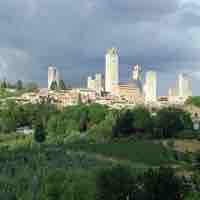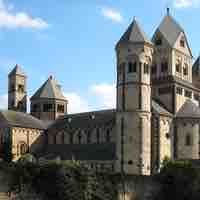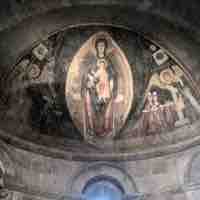Chapter 17
Romanesque Art
By Boundless
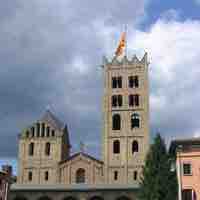
The First Romanesque style developed in the Catalan territory and demonstrated a lower level of expertise than the later Romanesque style.
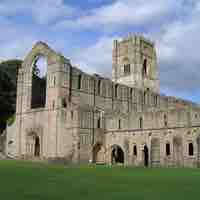
The Cistercians are a Roman Catholic order whose monasteries and churches reflect one of the most beautiful styles of medieval architecture.
While Romanesque architecture tends to possess certain key features, these features often vary in appearance and building material from region to region.
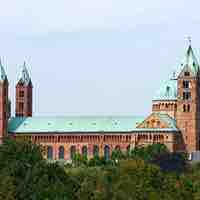
Architecture from the Holy Roman Empire spans from the Romanesque to the Classic eras.
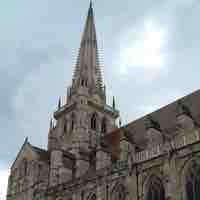
The Autun Cathedral, or the Cathedral of Saint-Lazare, is a Roman Catholic cathedral and a national monument in Autun, France.
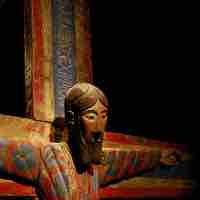
The Batlló Majesty is one of the finest and best-preserved examples of Catalan sculptures from the 12th century.
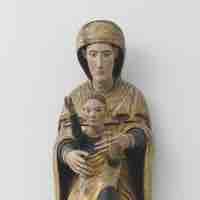
Mary as the Throne of Wisdom was a popular biblical theme represented throughout Romanesque sculpture.
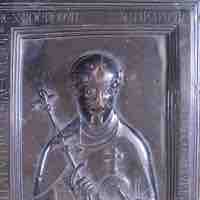
The tomb of Rudolf of Swabia is a prime example of Romanesque sculpture.
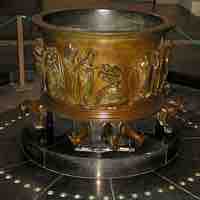
Reiner of Huy was a 12th century metalworker and sculptor, to whom the baptismal font at St. Bartholomew's Church is attributed.
Norman architecture is a style of Romanesque architecture developed by the Normans in the various lands under their dominion during the 11th and 12th centuries.
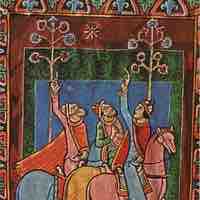
Norman painting, like other Romanesque painting of its time, is best demonstrated by illuminated manuscripts, wall paintings, and stained glass.
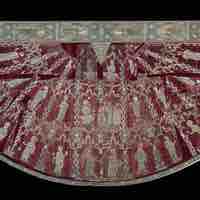
Opus Anglicanum, Latin for "the English work," refers to the elaborate needlework produced in England during the the middle ages.
